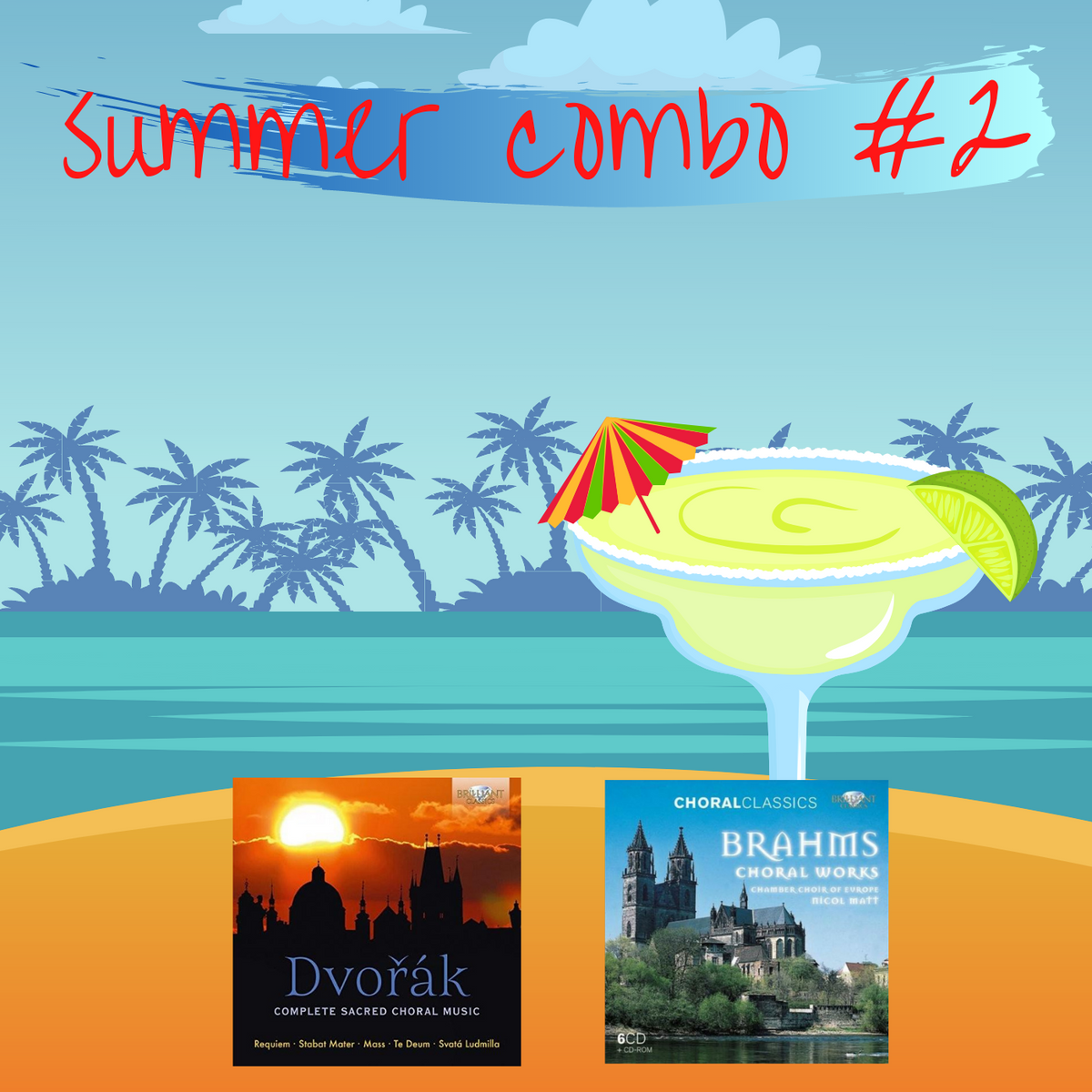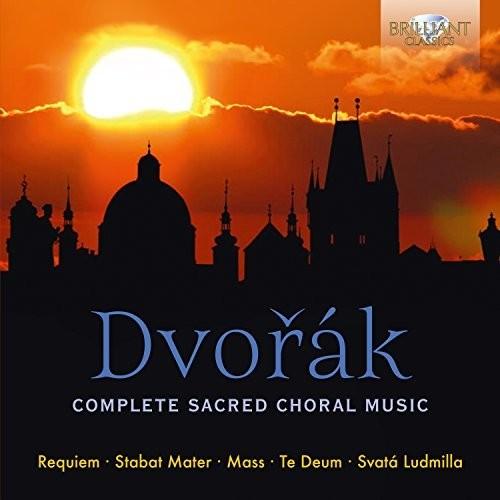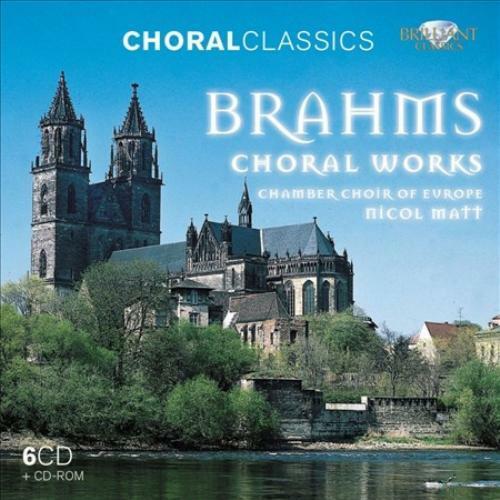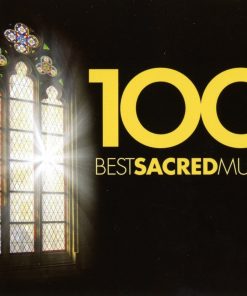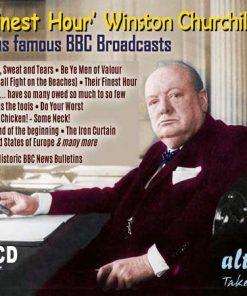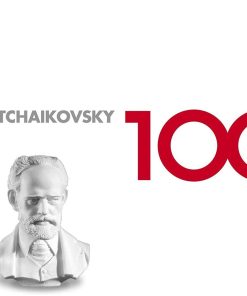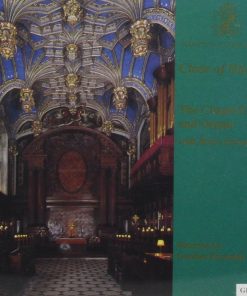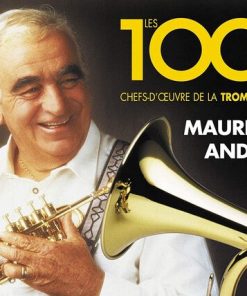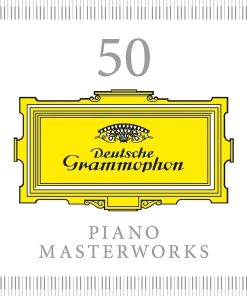SUMMER COMBO #2: BRAHMS CHORAL WORKS + DVORAK CHORAL WORKS (13 CD) ClassicSelectWorld Exclusive
$ 24,99 $ 14,99

Summer Combo #2 combines beautiful but not well known works by two popular composers. Better known for their symphonic works, their choral compositions cover an emotional gamut that includes the sacred.
DVORAK: SACRED CHORAL MUSIC
Unrivalled in the catalogue, this box brings together all the works in a genre for which Dvořák has been undervalued. The composer was himself a lifelong Catholic, a man of uncomplicated faith and not prey to spiritual torments in the manner of his contemporary Bruckner.
Dvořák wrote religious music throughout his career, though his first substantial contribution was the Stabat mater of 1876-7. This large-scale setting burns with a restrained pathos likely intensified during the period of composition by the deaths of his children. One of the most personal of all his major works, the Stabat mater sets the tone for the equally large-scale St Ludmila oratorio of 1886 and the Requiem of 1890: not for Dvořák the hellfire and damnation so vividly evoked by Berlioz and Verdi in their settings of the text: sorrow andconsolation are the Requiem’s key-signatures, just as devout belief infuses the Czech legend of St Ludmila.
The Mass in D was originally composed in 1887 with organ accompaniment, but the carefully integrated nature of his setting is in the spirit of the late Masses by Haydn and Schubert, as he recognised by orchestrating it a few years later. His final sacred work is the elementally exuberant Te Deum of 1892, which looks back in spirit to his robust and festive setting of Psalm 149.
The recordings in this box are all modern, made during the last 20 years by ensembles in Cologne, Navarra, Warsaw and Washington, and masterminded by noted choral conductors including Gerd Albrecht (St Ludmila), Robert Shafer (Stabat mater, Psalm 149) and Antoni Wit (Requiem, Mass in D, Te Deum).
BRAHMS: CHORAL MUSIC
Brahms’s choral music ranges from the severe magnificence of the Fest- und Gedenk-sprüche to the ravishing opulence of the Op.17 Songs for female voices, horns and harp. Brahms conducted amateur choirs throughout his professional life, both as a useful source of income and because he enjoyed his contact with enthusiastic, amateur music-makers, not least the ladies in his various choirs. It also gave him a chance to explore music of former eras, by Bach, Schütz, Buxtehude and more, which Brahms considered a vital part of his musical heritage and which, practically speaking, he was bringing back to life in a culture that barely knew its own history. We may with some justice speak of Brahms the period-instrument pioneer.
These splendid modern performances come from a choir of a similar size to the one Brahms would have recognised, and are directed by the experienced choral trainer Nicol Matt.
Fast Shipping and Professional Packing
Due to our longstanding partnership with UPS FedEx DHL and other leading international carriers, we are able to provide a range of shipping options. Our warehouse staff are highly trained to pack your goods exactly according to the specifications that we supply. Your goods will undergo a thorough examination and will be safely packaged prior to being sent out. Everyday we deliver hundreds of packages to our customers from all over the world. This is an indication of our dedication to being the largest online retailer worldwide. Warehouses and distribution centers can be located in Europe as well as the USA.
Orders with more than 1 item are assigned processing periods for each item.
Before shipment, all ordered products will be thoroughly inspected. Today, most orders will be shipped within 48 hours. The estimated delivery time is between 3-7 days.
Returns
The stock is constantly changing. It's not entirely managed by us since we are involved with multiple parties such as the factory and our storage. The actual stock can fluctuate at any time. Please understand it may happen that your order will be out of stock when the order is placed.
Our policy is valid for 30 days. If you haven't received your product within 30 days, we're not able to issue either a return or exchange.
You are able to return a product if it is unused and in the same condition when you received it. It must also still remain in the original packaging.
